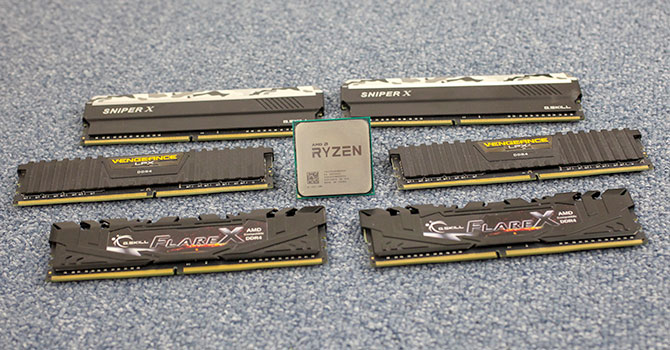Hey Guys,
Am trying not to lose all my hair over this. So far couldn't find a single reason as to why this is happening.
My Build is.
Asus Crosshair VI Hero.
Ryzen 1700x.
2x8GB G.Skill DDR4 3200MHZ.
GTX 1070.
256GB Samsung Evo SSD.
Close to 12TB on 6 HDD.
Acer Predator monitor (1440p, 144hz).
My issue is.
Frequent frame drops in game.
Overall windows feeling laggy.
I tried.
OC both graphics and processor.
Not successful in Processor OC.
Games play decently in Graphics OC.
RAM is running at 2133MHZ even after changing the profile.
Also, Default idle temp is around 43C. Am not sure why its so high recently. I used to have an idle temp of less than 20 earlier.
Please help!!
TIA
Am trying not to lose all my hair over this. So far couldn't find a single reason as to why this is happening.
My Build is.
Asus Crosshair VI Hero.
Ryzen 1700x.
2x8GB G.Skill DDR4 3200MHZ.
GTX 1070.
256GB Samsung Evo SSD.
Close to 12TB on 6 HDD.
Acer Predator monitor (1440p, 144hz).
My issue is.
Frequent frame drops in game.
Overall windows feeling laggy.
I tried.
OC both graphics and processor.
Not successful in Processor OC.
Games play decently in Graphics OC.
RAM is running at 2133MHZ even after changing the profile.
Also, Default idle temp is around 43C. Am not sure why its so high recently. I used to have an idle temp of less than 20 earlier.
Please help!!
TIA
Last edited:




